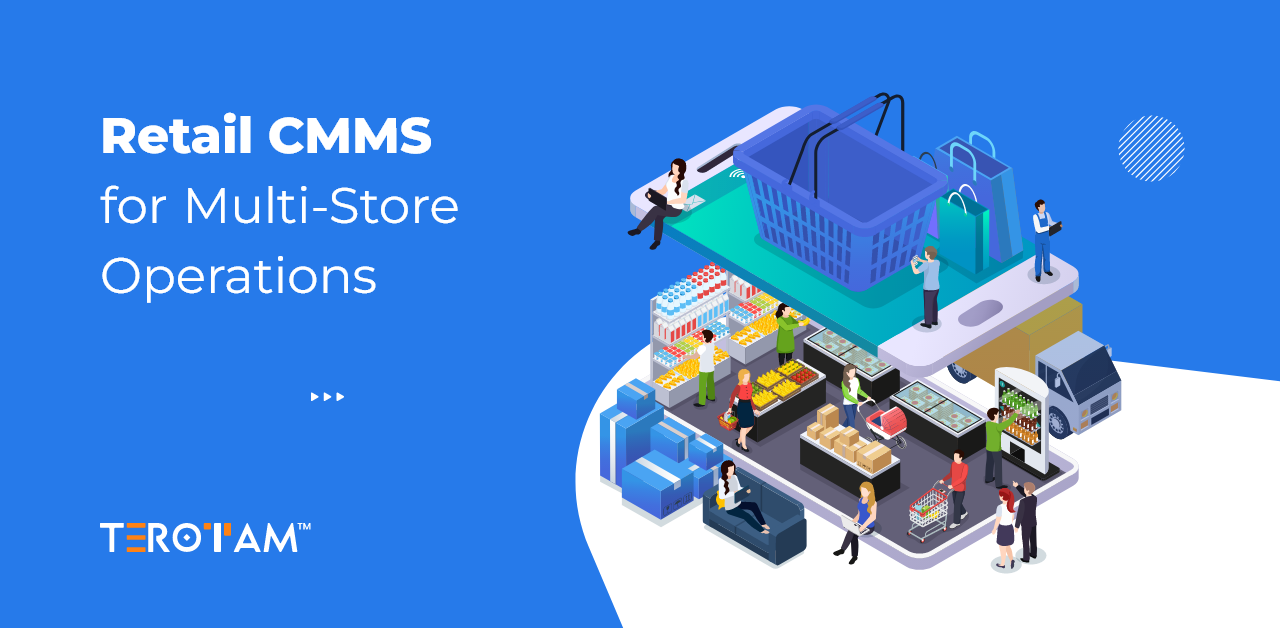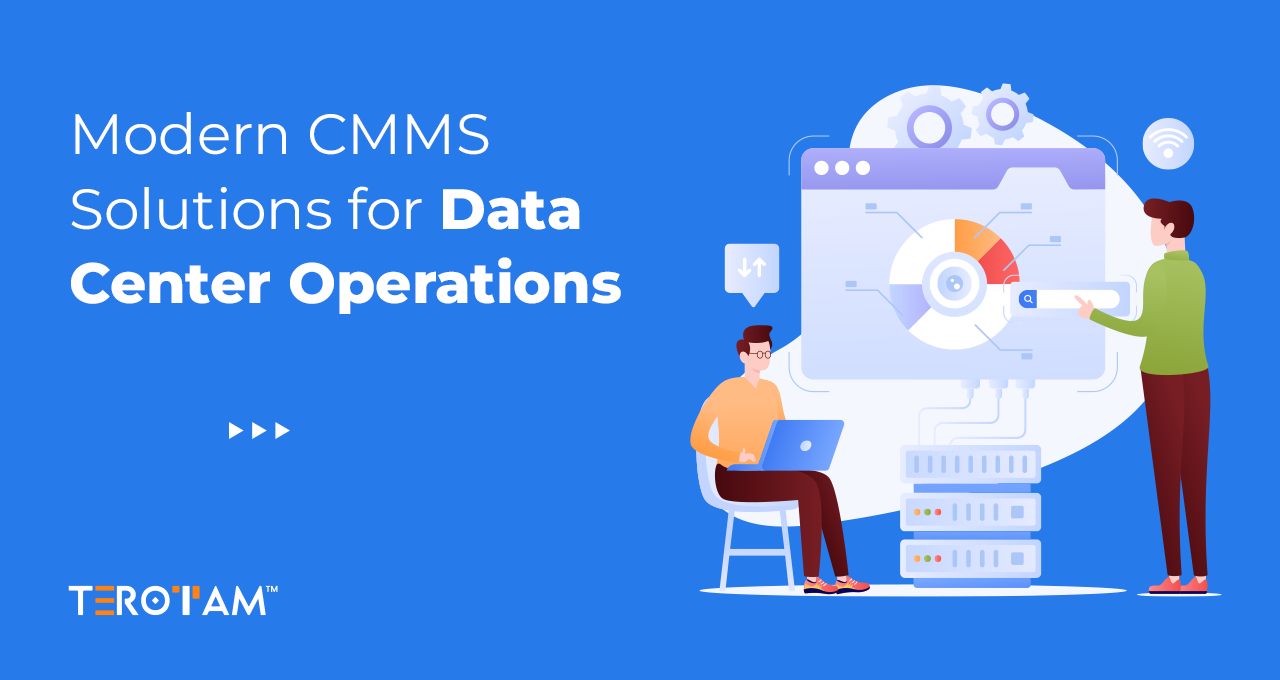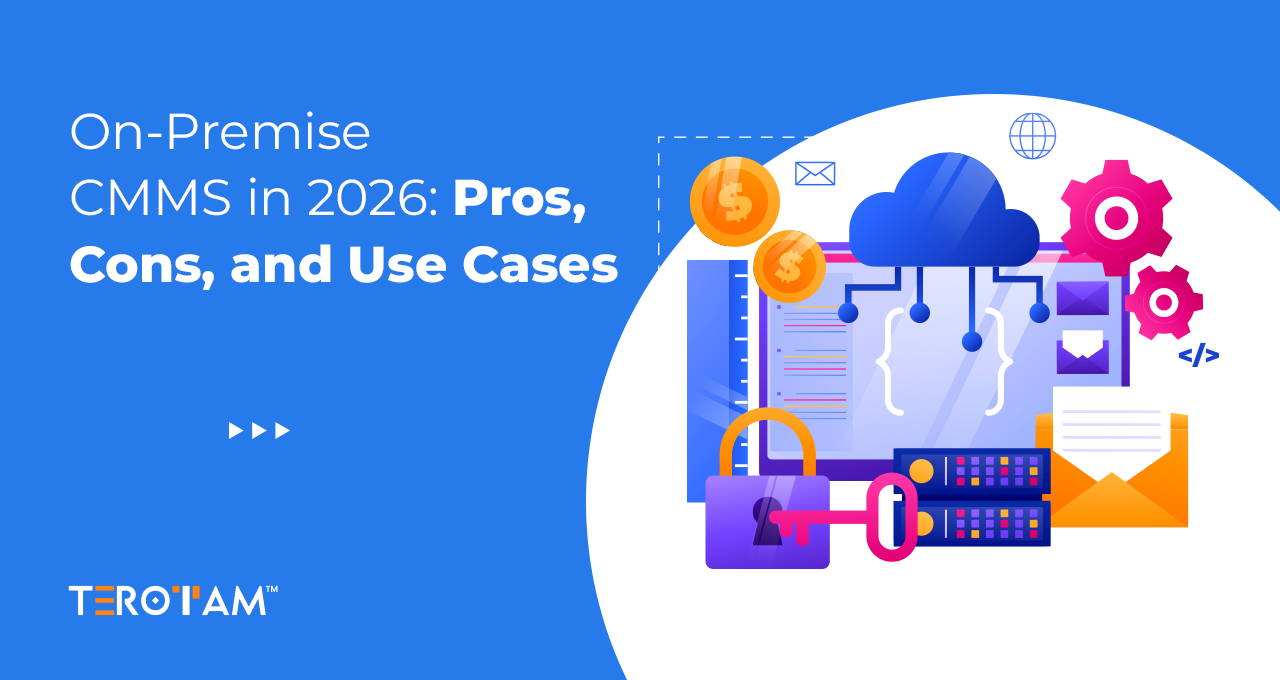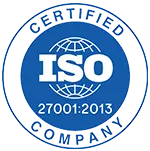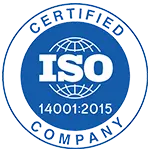Running maintenance across many stores is messy when tickets scatter across emails, WhatsApp chats, and spreadsheets. Fridges fail on weekends, HVAC issues pile up during summer rush, and store managers bounce between vendors with no clear status or costs. A good CMMS keeps the moving parts in one place so your teams spend less time chasing updates and more time keeping stores open and safe.
The hard part isn’t deciding to use software—it’s picking one that actually fits how retail works. You need easy mobile use on the shop floor, clean escalation paths, a clear view of costs per store, and fast rollout without disrupting business. This guide breaks the choice down into the things that matter on day one and still scale to hundreds of locations.
What this article covers: what to look for in a retail CMMS, how to compare options, pitfalls to avoid, and a short checklist you can take into demos.
Why the right retail CMMS matters for multi-store operations
Retail maintenance isn’t just repairs. It touches compliance, food safety, brand experience, and energy spend. Store downtime hits sales immediately, and small fixes ignored turn into capex later. The right platform gives you control over work orders, store assets, and vendor performance without adding admin load.
Teams spread across regions need shared standards. A central system creates one way to log issues, route them, and track results. You see what’s urgent, what’s blocked, and what’s costing too much—at the store, cluster, and company level.
How to evaluate a retail CMMS for multi-store use
A strong choice of a retail CMMS for multi-store use starts with supporting the daily jobs of store teams and extends to meeting finance, compliance, and IT needs. Use the points below as your scorecard during demos.
1) Multi-site structure, roles, and approvals
A retail setup needs clear store → region → country hierarchies with guardrails for who can see and do what. The system should let you mirror your org chart without workarounds.
- Role-based access for store staff, cluster leads, facility managers, and vendors.
- Approval flows that change by cost threshold, category, or store type.
- Configurable SLAs per region and asset category; holiday calendars included.
2) Work order intake that store teams will actually use
Tickets must be fast to raise from the shop floor. If it’s clunky, people revert to calls and messages.
- One-tap templates for frequent issues (freezer not cooling, POS printer jam).
- Auto-routing to the right internal team or vendor based on store, asset, and priority.
- Smart triage: required fields, photo/video capture, and quick checks to avoid duplicates.
- Escalations that trigger when SLA timers slip, with notifications to the right people.
3) Asset registry built for retail equipment
Stores share similar assets but differ in models, warranties, and service history. A clean registry avoids guesswork.
- Hierarchy for site → area → asset; support for serial numbers and QR codes.
- Warranty/AMC tracking with alerts before expiry.
- Complete maintenance history that follows the asset, not the store manager.
- Energy-use notes or meter fields for chillers, HVAC, and lighting where relevant.
4) Preventive maintenance that doesn’t clash with trading hours
Routine work should happen without hurting footfall or guest experience.
- Flexible schedules (time-based and meter-based) with blackout windows for peak hours.
- Auto-generated PM work orders with parts lists and checklists attached.
- Grouping visits across nearby stores to cut travel and call-out costs.
- Completion proof: photos, readings, and digital sign-off.
- Auto-shift to a backup slot when technicians miss a window.
5) Mobile app and offline capability
Most work happens on the go. Technicians and store staff can’t depend on strong network coverage.
- Full ticket actions on mobile: raise, assign, comment, pause, close.
- Offline mode that syncs later without data loss.
- Barcode/QR scanning to pull up the right asset record instantly.
6) Inventory and vendor management
Stockouts delay fixes; weak vendor control inflates costs.
- Stock at store, van, and central warehouse levels with reorder alerts.
- Approved vendor list with categories, rates, and service areas.
- Performance dashboards: first-time fix rate, response and resolution times, and rework.
- ePo creation from work orders with three-way matching support.
- Warranty vs billable logic so you don’t pay for covered work.
7) Integrations that reduce duplicate work
The CMMS shouldn’t become another island of data.
- POS/footfall tools to time non-urgent work during low traffic.
- ERP/finance for vendor master, POs, GRNs, cost centers, and GL codes.
- HR/SSO for user provisioning and store transfers.
- Sensors/IoT gateways for temperature, humidity, and energy where you have them.
8) Reporting your COO and CFO will trust
Thin dashboards won’t cut it when you’re justifying budgets or chasing waste.
- Store and region scorecards: open/overdue tickets, SLA breach trends, and spend.
- Asset-level cost over time to flag replacement candidates.
- PM compliance with missed-task roll-ups.
- Export to spreadsheets and a secure API for BI tools.
- Audit logs for every change on tickets and assets.
9) Security, data residency, and compliance
Retail carries safety and food-handling standards that vary by market.
- SSO/MFA, field-level permissions, and encrypted data at rest/in transit.
- Regional hosting options to meet local policies.
- Configurable checklists tied to standards such as HACCP, FSSAI, or brand SOPs.
10) Rollout speed, training, and support quality
Good software fails without strong onboarding.
- Import tools for assets, stores, and vendors; sandbox for process testing.
- Role-based training packs for store teams and technicians.
- Dedicated success manager, not just a ticketing email.
- Clear playbook for a 4–8 week phased rollout across clusters.
11) Pricing and total cost of ownership
Sticker price rarely equals real cost.
- Transparent seat vs site pricing; add-ons spelled out upfront.
- Integration and data migration effort included in estimates.
- Mobile, offline, and vendor portal access included or costed clearly.
Must-have vs nice-to-have: a quick shortlist
Before demos, mark these as non-negotiable:
- Simple work order intake on mobile with photos and auto-routing.
- Store → region hierarchy with role-based access and SLA rules.
- Preventive schedules that respect trading windows.
- Warranty/AMC alerts and full asset history.
- Vendor performance and cost dashboards you can export without cleanup.
Nice to have when you scale:
- Sensor links for cold chain and HVAC alerts.
- POS/traffic integration to auto-schedule during quiet periods.
- AI-assisted triage to suggest root causes and parts.
Common mistakes that cause regret later
Rushing to “go live” without clean asset data leads to noisy reports and bad decisions. Picking complex workflows that store staff won’t follow pushes people back to side channels. Choosing a tool without offline support frustrates technicians on the road. Ignoring vendor scorecards means you miss chances to renegotiate or replace.
Pilot with 5–10 stores across different formats, not just the easiest sites. Measure ticket cycle time, first-time fix, PM compliance, and cost per work order before and after. Keep what helps, drop what people don’t use.
A simple evaluation checklist for demos
Use this as a live scorecard (rate 1–5):
- Can a store associate raise a correct ticket in under 60 seconds?
- Does the system auto-route to the right vendor with an SLA timer?
- Are PM schedules easy to shift around busy hours?
- Can a tech close a ticket offline with photos and parts used?
- Do dashboards answer “where are we leaking money?” without extra work?
- Is data import, SSO, and ERP link shown, not just promised?
- Are warranties and AMCs visible at the asset level with proactive alerts?
Practical tips for a smoother rollout
Start with a narrow slice: refrigeration, HVAC, and plumbing across a handful of stores. Clean the asset list before migrating. Lock ticket templates for common issues so inputs stay consistent. Train store leads first, then have them train their teams. Review dashboards in a weekly stand-up for the first month and tweak rules quickly.
Set three success targets for the first quarter: cut overdue tickets by half, lift PM compliance above 90%, and reduce average resolution time by a third. Share results widely so adoption sticks.
Why TeroTAM’s CMMS and operations management solution is the right fit for multistore operations
Retailers need a solution that isn’t just software, but a framework that connects store-level maintenance with company-wide visibility. TeroTAM’s CMMS and Operations Management platform is designed to address the daily pain points of multi-location businesses, from ticket intake to compliance reporting.
- Three-tiered structure for multi-site control – TeroTAM lets you set up a store → region → company hierarchy with role-based access. Store managers can raise and track tickets, while regional leads oversee performance and compliance without losing the big picture.
- Smart work order routing with SLA enforcement – Issues raised at the store level are auto-assigned to the right vendor or in-house technician, with SLA timers, escalation alerts, and holiday calendars built in. This ensures repairs don’t stall during peak seasons.
- Centralized asset and warranty management – Assets across hundreds of stores are cataloged with serial numbers, warranty and AMC tracking, and QR/Barcode scanning for instant lookup. Expiry alerts help avoid unnecessary spend on covered repairs.
- Custom dashboards and widgets for decision makers – The system offers configurable widgets for store-level and region-level KPIs. Managers can see overdue tasks, SLA breaches, spend distribution, and compliance status in one place, without waiting on manual reports.
- Vendor and inventory management – Approved vendors are stored with categories, rates, and zones served. Their performance is tracked on response and resolution times, while spare parts inventory across stores and warehouses is monitored to avoid stockouts.
- Compliance-ready checklists and audits – From HACCP to food safety standards, TeroTAM allows retailers to embed their compliance checks into routine work orders. Every completion log is backed by photos, digital sign-offs, and audit trails.
- Mobile-first with offline capability – Store teams and technicians can raise, update, and close tickets directly on the mobile app. Offline functionality ensures no data is lost, even in areas with weak network coverage.
Together, these capabilities make TeroTAM an all-in-one solution for retail chains that need both control and agility. It scales from a handful of stores to hundreds, while keeping processes simple enough for store staff to adopt quickly.
Conclusion
A good retail CMMS should feel almost invisible. Store teams raise tickets without friction, vendors show up on time, and management sees what’s working and what’s waste. If a platform can support that across ten stores, it can support it across a thousand—so long as you keep processes simple and keep data clean.
Use the scorecard, ask vendors to prove workflows in your context, and run a real pilot. Your future self will thank you when summer hits and everything keeps running.
Need help tailoring this for your chain? – Write to contact@terotam.com and we’ll shape this into a rollout plan you can execute.


